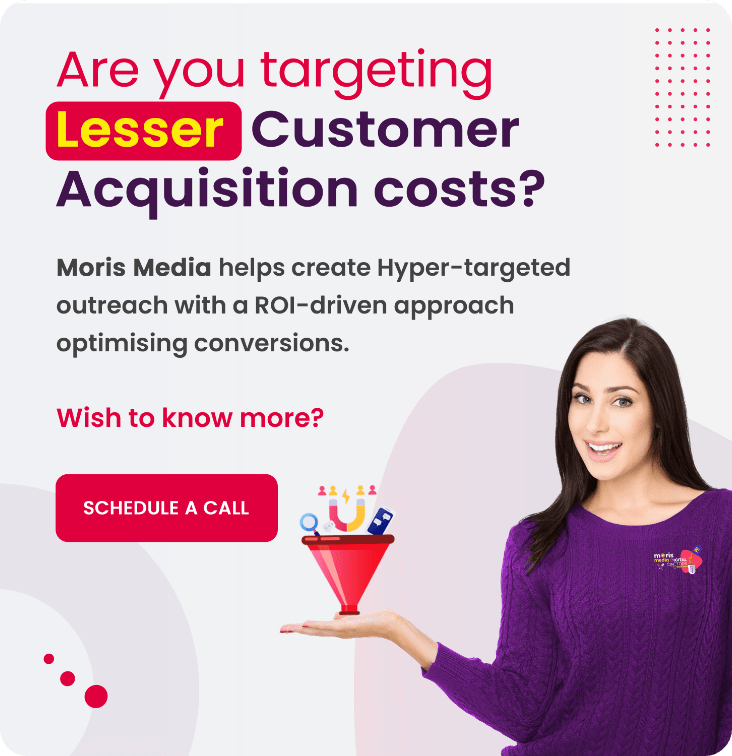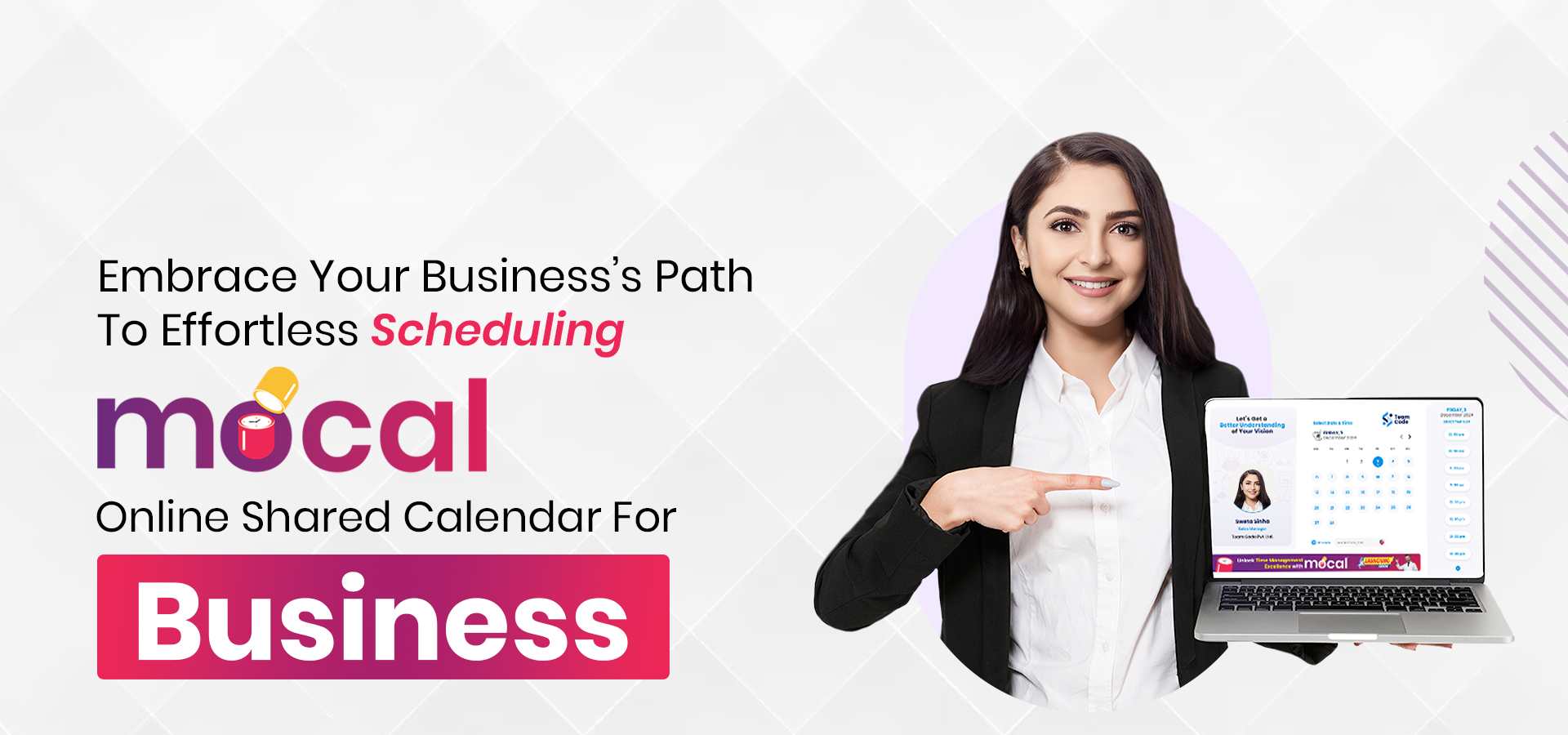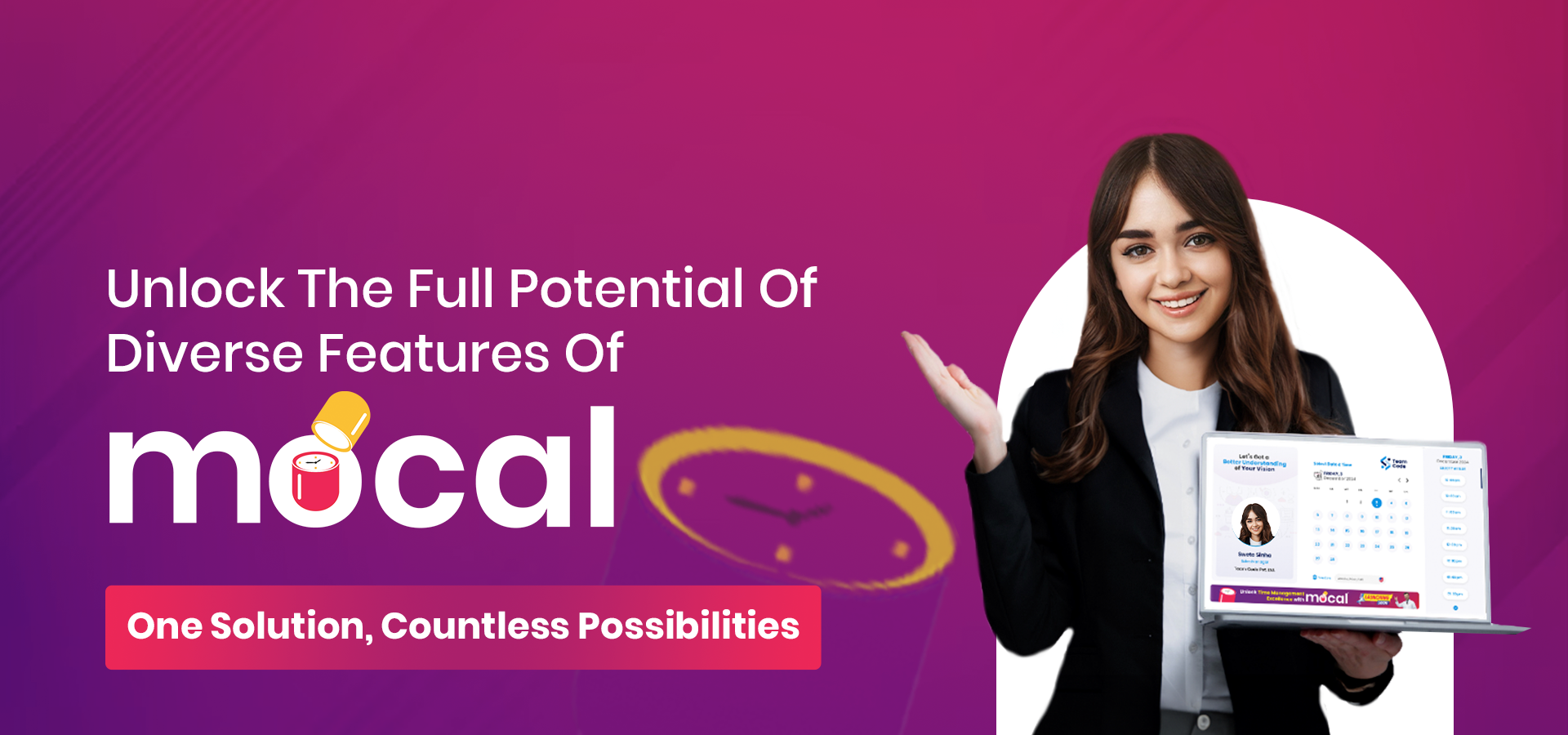Hope you enjoy reading this blog post.
If you want the Moris Media Team to help you get more traffic, just book a call.
Thursday, 24 April 2025
In the world of job interviews, the popular saying "first impressions last" holds especially true. Before you've even had a chance to showcase your qualifications or professional prowess, your appearance has already communicated a wealth of information to your potential employer. That’s why it’s essential to pay close attention to your attire when preparing for an interview.
Dress codes, although seemingly simple, play a vital role in making the right first impression. Your attire can either display your understanding of the company culture, exhibit your professional seriousness, or unintentionally communicate a lack of effort or understanding. It's not just restricted to looking good for an interview. You need to demonstrate that you respect and fit into the professional environment of your prospective employer.
Understanding and adhering to the appropriate interview dress code isn't an extraneous detail, but a fundamental aspect of interview success. Moris Media aims to unravel the complexities of dress codes, helping you to dress for success for your next job interview.
Dress codes in professional environments can vary widely, but they universally signal one thing: respect. What does dressing appropriately for an interview signal? It shows that you are not just making an effort to look presentable but showing respect to the values and culture of that the organization. In a country as diverse and multifaceted as India, understanding the dress code for interviews is particularly crucial.
In India, traditional business dress is often the norm, particularly in industries like finance, law, and corporate sectors. For men, this usually means a suit or a shirt with trousers. For women, it might mean a saree, a salwar kameez, or Western-style business attire. However, the tech industry and creative fields often lean more towards business casual or casual attire.
Regardless of the specific industry, it's important to note that Indian corporate culture values modesty and conservatism in dress. Bright, flashy colors or overly casual attire can be seen as disrespectful or unprofessional. Paying attention to minor cultural nuances can display an empathy to the cultural context in which you're interviewing.
Additionally, a well-thought-out outfit communicates that you accord significant importance to that interview. It can show that you're meticulous, detail-oriented, and proactive— all qualities that are highly sought after in the workplace.
Remember, your appearance is the first thing that an interviewer notices. Dressing appropriately can help set a positive tone for the rest of the interview. This helps you focus on what truly matters: showing why you're the best fit for the job.
In a world of evolving business cultures, understanding the various types of dress codes can be a bit confusing. Here are some common terms and what they typically mean in the context of job interviews:
This is the most formal dress code you'll likely encounter in a professional setting. For men, this usually means a tailored suit, a crisp white or muted colour shirt, a coordinating tie, and polished shoes. For women, this could be a business suit, a pantsuit, or a formal dress with a blazer, accompanied by closed-toe shoes.
A slight step down from business formal, business professional attire is still quite formal but allows for a bit more colour and pattern. Men can wear a suit or dress pants accompanied by a blazer, a collared shirt, a tie, supplemented with leather shoes. Women might opt for a professional dress, skirt or pants with a blouse or sweater, and closed-toe shoes.
This code gives you more freedom while maintaining a professional image. Men could wear dress pants or khakis, with a collared or polo shirt, while choosing loafers or dress shoes. Women may prefer wearing a skirt, khakis, or dress pants, with knit shirt or sweater, accompanied by flats or heels.
This is the most relaxed dress code, but it doesn't mean anything goes. Avoid clothing with rips, offensive language, or too revealing. Men can consider khakis or good jeans, a polo shirt or a neat t-shirt, and casual shoes. Women might wear a modest sundress, a skirt or nice jeans, and a casual blouse or t-shirt.
It's essential to decipher the organization's dress code before the interview. If you are not sure about the dress code, stick towards a formal approach for your attire. If possible, visit the company's office, explore their website and social media, or ask the HR department about the appropriate dress code for an interview.
While the above guidelines provide a general understanding of dress codes, what's considered appropriate can vary greatly across industries. Let's take a look at some specific examples:
These sectors typically expect business formal or business professional attire for interviews. Men would feel safe wearing a suit in a conservative colour, such as navy blue or grey, with a crisp dress shirt and a tie. For women, a suit, whether pants or skirt, with a blouse and closed-toe shoes is recommended. Accessories should be kept simple and classic.
Many tech companies and start-ups have a more relaxed culture. This is often reflected in their dress codes. Business casual is usually acceptable here. Men might consider khakis or neat jeans paired with a collared shirt or a clean, plain t-shirt. Women can choose between dress pants or a skirt, paired with a blouse or a tidy sweater. Regardless, ensure your outfit is neat, clean, and wrinkle-free.
In these industries, your outfit can showcase your creative side and personal style, but it should still appear professional. Business casual is a good starting point, but don't be afraid to add a pop of colour or a unique accessory to show your personal brand.
In these sectors, business professional or business casual is typically appropriate. The emphasis should be on looking neat, organized, and respectful.
Professionalism is crucial here. Men should lean towards business professional, with a suit or at least dress pants and a collared shirt. Women can choose between a suit or a professional dress with a lab coat if applicable. Scrubs may be appropriate for certain roles.
Remember, the key is to align your outfit with the company's culture. Researching the industry and company beforehand can provide useful insights. It's always better to overdress than underdress for an interview. If you are viewed as a person that respects the culture of that organization through your dressing, your interview gets off to a rousing start.
It’s critical to research the company and understand its culture. Look for pictures on their website or social media accounts to get a sense of what employees typically wear.
Aim to dress a notch above what employees at the company wear on a daily basis. This shows that you’re taking the interview seriously.
It is important that whatever you are wearing fits you well. Clothes that are too tight or too loose can give off a sloppy impression.
Small details matter. Get your clothes ironed, polish your shoes, and ensuring your nails are clean and neatly trimmed.
While accessories can add a personal touch to your outfit, they should not be overly flashy or distracting.
Avoid common mistakes that can detract from your professional image:
Both can indicate that you don’t understand the company culture. When in doubt, it’s usually better to be slightly overdressed.
Bad breath, body odour, or dirty nails can leave a negative impression. Make sure to maintain good personal hygiene.
If you’re uncomfortable, it will show. Choose clothes and shoes that you can move comfortably in.
Even if the company has a relaxed dress code, it’s better to err on the side of professionalism for the interview.


The Power of Team Calendar: Boosting Efficiency and Collaboration with moCal
Read More
Mastering Business Time Management with moCal's Online Calendar For Business
Read More
Unlocking Seamless Collaboration with moCal's Online Shared Calendar
Read More
Unlocking the Power of 7-in-1 moCal: Redefining Efficiency in Modern Business
Read More
Elevating Personal Branding: The Moris Digital Doctors Prescription
Read More